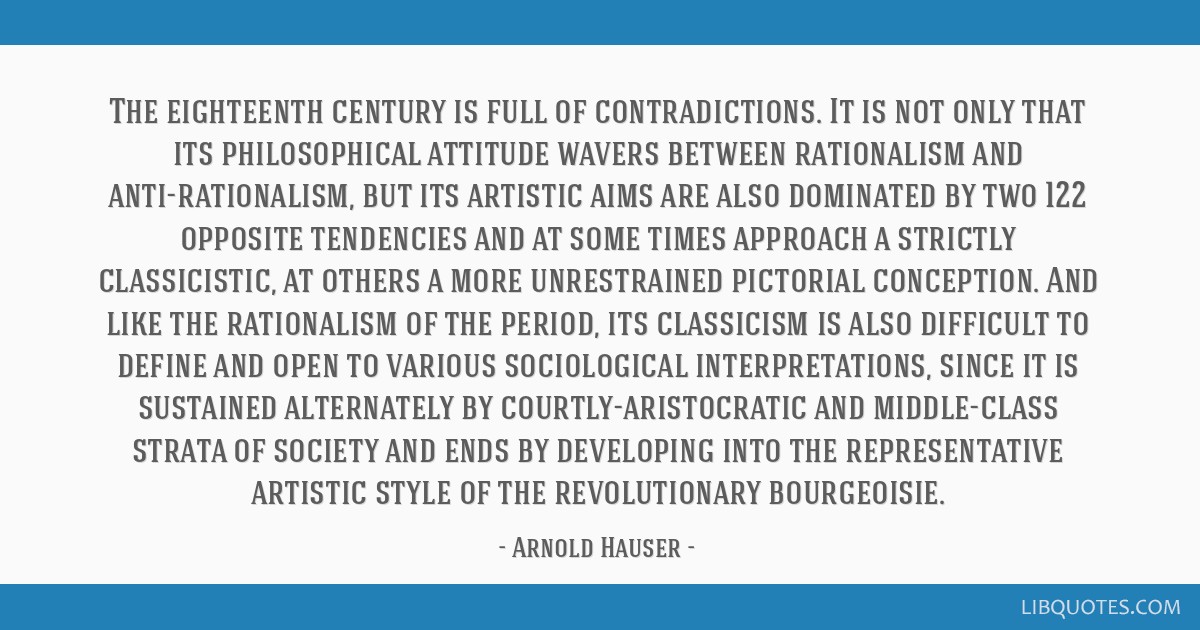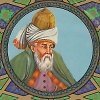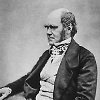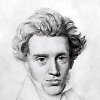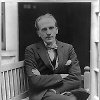The eighteenth century is full of contradictions. It is not only that its philosophical attitude wavers between rationalism and anti-rationalism, but its artistic aims are also dominated by two 122 opposite tendencies and at some times approach a strictly classicistic, at others a more unrestrained pictorial conception. And like the rationalism of the period, its classicism is also difficult to define and open to various sociological interpretations, since it is sustained alternately by courtly-aristocratic and middle-class strata of society and ends by developing into the representative artistic style of the revolutionary bourgeoisie.
Chapter 5. Revolution and Art - The Social History of Art, Volume III. Rococo, Classicism and Romanticism, 1999
